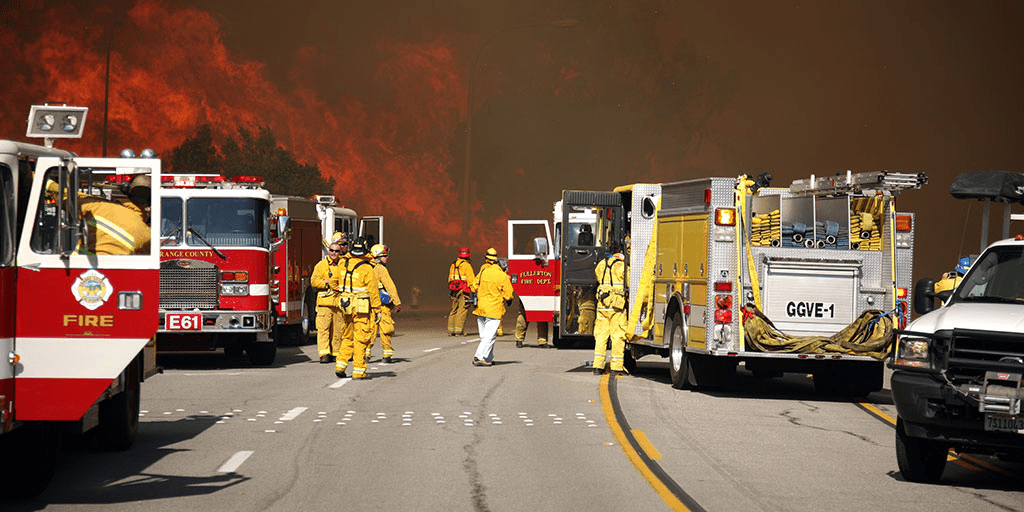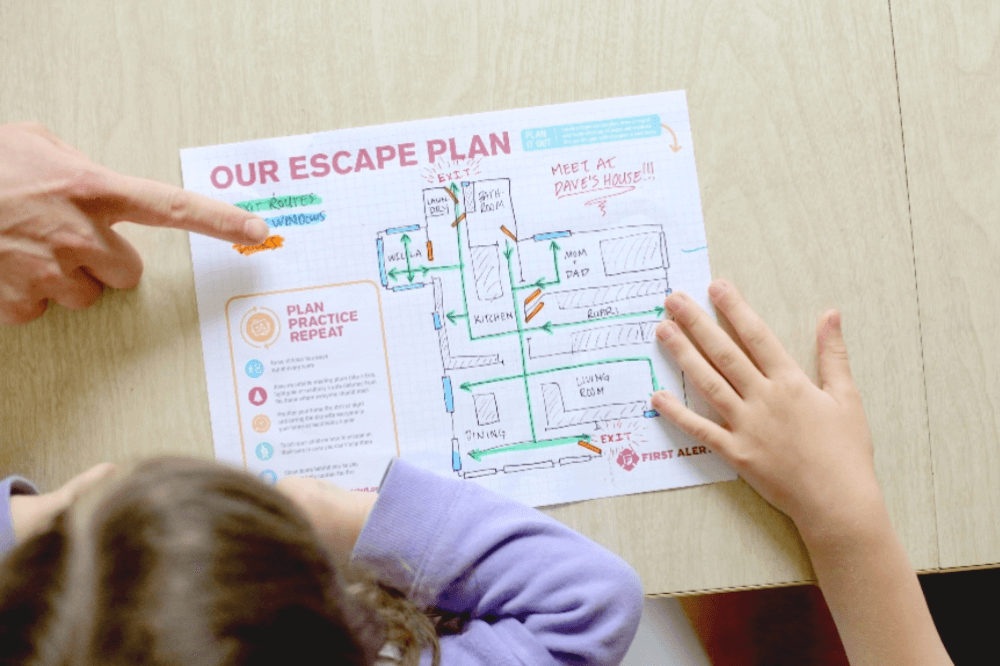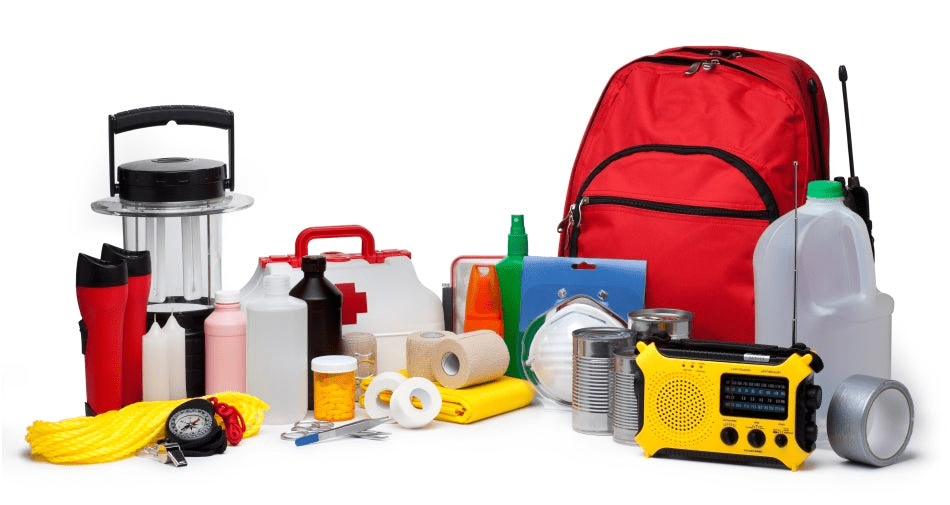Your Cart is Empty
Call, Text or Chat Mon-Friday 10AM-5PM CST : 1-844-WILDOAK
Menu
-
- Deals & Promos
- Homesteading
- Living Off The Grid
- Off Grid Toilet
- Composting Toilets
- Incinerating Toilet
- Chicken Coops
- Greenhouses
- DIY Shed Kits
- Barndominium Kit
- Garage Kits
- Poultry Processing
- Dog Kennels
- BeeKeeping
- EMP & Signal Protection
- Emergency Food Kits
- Freeze Dryers
- Solar Generators, Panels and Batteries
- Solar Fridge & Freezers
- Propane Wall Heater
- Water Filtration
- Coolers and Cooking
- Gazebos
- Portable Sauna
- Camping Cot
- Hunting Blind
- Canvas Tents
- Prepping
- Overlanding Gear
- Composting Toilets
- Solar Generators
- Brands
- Chicken Coop Brands
- Composting Toilet Brands
- Solar Brands
- Food Storage Brands
- Freeze Dryer Brands
- Water Filtration Brands
- Incinerating Toilet
- Dry Flush Toilet Brands
- Waterless Toilet Brands
- Heater Brands
- EMP Shield Brands
- Tent Brands
- Cot Brands
- Cooler Brands
- Stove & Grill Brands
- Dog Kennels
- Greenhouse & Gazebo Brands
- Portable Saunas
- DIY Shed Kits
- About Us
- Resource Center
- The Ultimate Prepper & Emergency Survival Blog - Includes Free eBook
- Beginners Guide to Living off The Grid - Includes Free eBook
- Building Your Own Emergency Food Supply
- Best Survival Food to Be Prepared for Anything
- Berkey Lab Tests & Certifications
- Federal Solar Tax Credit - What You Need to Know
- BLOG
-
- 1-844-945-3625
- Login

Call, Text or Chat Mon-Friday 10AM-5PM CST : 1-844-WILDOAK
How to Prepare Your Family for an Emergency
by Patricia Turla 4 min read
Disaster strikes in many forms, including natural disasters, health crises, and man-made events. Having a family emergency plan is essential for keeping your family safe.
Family emergency preparedness involves planning ahead to ensure that your family remains safe and can quickly and effectively respond to any sudden emergency. Regardless of the type, being prepared helps minimize the chaos and confusion that often accompany such situations.
Family Emergency Preparedness

Creating a family emergency plan gives you peace of mind. Knowing that you've prepared for various scenarios helps reduce the anxiety that comes with potential disasters. Discussing and practicing your emergency plans with family members ensures everyone knows their roles and responsibilities. For example, establishing emergency contacts and ensuring everyone has access to emergency contact information, including long-distance contacts and emergency alerts, enables communication during a crisis.
Elements of an Effective Family Emergency Plan
An emergency plan includes several key elements:
-
Evacuation Routes and Meeting Points: Identify multiple evacuation routes and safe meeting points. Ensure every family member, including children, understands where to go and how to get there. Practice these routes regularly to keep everyone familiar with them.
-
Contacts and Communication: Compile a list of emergency contacts, including family members, friends, and local emergency services. Ensure everyone knows how to access this list, be it on cell phones or a prepaid phone card. Discuss the importance of checking in and updating each other during a crisis.
-
Emergency Kit Preparation: Assemble an emergency kit with food, water, medications, and first-aid supplies. Customize your kit based on your family’s needs, considering any functional needs or additional resources required.
-
Crisis Alerts and Information: Sign up for emergency alerts to stay informed about potential hazards. Also, keep abreast of updates from additional resources like the American Red Cross and local authorities.
-
School and Workplace Plans: Know your children’s schools and workplace emergency plans. Understanding these protocols helps coordinate your family’s actions during a crisis and ensures everyone knows where and how to reunite safely.
Developing an Emergency Plan for all Family Members
Do the following to keep your family safe, even in severe weather or other specific disasters.
Creating an Emergency Escape Route from the Home

Developing a solid family emergency plan begins with identifying and marking escape routes from your home.
-
Identify Exits: Identify all possible exits in your home, including doors, windows, and other escape routes.
-
Map the Routes: Draw a floor plan of your home and mark all exits. Be sure to include primary and secondary routes in case one is blocked.
-
Assign Roles: Assign specific roles to each family member, such as who will help children or pets.
-
Gather Supplies: Ensure emergency kits are placed in easily accessible locations near each exit. Creating a Bug Out Bag is also a good idea.
-
Mark the Path: Mark the escape routes with glow-in-the-dark stickers or signs, especially in hallways and near exits.
Conducting Regular Drills
Once your emergency escape routes are in place, conducting regular family drills is essential to ensure everyone knows the plan.
-
Schedule Drills: Set a regular schedule for family emergency drills at least twice a year.
-
Practice Your Plan in Different Scenarios: Practice various scenarios, including fires, earthquakes, and extreme weather, to ensure everyone is prepared for any specific disaster.
-
Review and Adjust: After each drill, review the plan and make any necessary adjustments based on what you learned.
Planning an Evacuation Route Out of the City
In addition to your home escape plan, creating an evacuation route out of the city is necessary.
-
Identify Safe Meeting Spots: Determine a safe meeting spot outside the city where your household can reunite.
-
Multiple Routes: Identify multiple routes to this location to ensure you have options if one route is impassable.
-
Accessibility: Make sure the routes are suitable for all the members of your family.
-
Contact Information: Keep a list of emergency contacts for your family, friends, and emergency services. Ensure you also have emergency contact information for your children’s school.
-
Stay Informed: Sign up for crisis alerts to stay informed about road conditions and potential hazards along your evacuation courses.
Essential Emergency Supplies

To ensure your family is safe and prepared, it’s essential to have a stocked disaster kit that has the following:
Food and Water Storage
Preparing for a disaster means stocking up on the right types of food. Opt for freeze-dried food, canned goods, and non-perishable snacks. Freeze-dried meals are lightweight and have a long shelf life, making them perfect for emergencies.
Canned goods like beans, soups, and vegetables are also essential because they are nutrient-dense and last long. Don’t forget non-perishable snacks such as granola bars and dried fruit to keep energy levels up.
The American Red Cross recommends at least one gallon of water per person per day for drinking and sanitation. Plan ahead by storing a minimum of three days’ worth of water for each family member, but ideally, aim for a two-week supply.
Medical Supplies and First Aid
Your kit should include:
-
Bandages in various sizes
-
Sterile gauze pads
-
Adhesive tape
-
Antiseptic wipes
-
Tweezers and scissors
-
Thermometer
-
Pain relievers (such as ibuprofen and acetaminophen)
-
Allergy medications (like antihistamines)
-
Prescription medications
-
Blankets
-
CPR mask
-
Instruction manual for basic first aid
Other Necessary Supplies
Aside from the food and medical supplies, the following are essential during a disaster.
-
Hygienic Products: Stock up on toilet paper, baby wipes, garbage bags, and hand sanitizer. If you have infants, include baby needs like formula, diapers, and baby food. These items help maintain hygiene and comfort during emergencies.
-
Solar Generator:When selecting a solar generator, consider capacity, power output, and battery life. For small families or individuals, a compact solar generator with a capacity of 200-300 watt-hours may suffice. Larger families should opt for models with 1000 watt-hours or more to power multiple devices and appliances.
To Sum it Up
Preparing for emergencies ensures your family’s safety during unforeseen disasters. By discussing and practicing your family emergency plan, you keep every family member informed and ready. Remember to regularly update your disaster kit, including food, water, medical supplies, and essential tools. Additionally, investing in a solar generator can provide a sustainable power solution when needed most. Stay safe, prepare, and keep your household protected through thoughtful planning and preparation.

Have any questions or would like to place an order? We'd love to help! Chat with our friendly customer service team by calling 1-844-945-3625, chatting in on our website or email us at customersupport@wildoaktrail.com. We look forward to hearing from you!
Leave a comment
Comments will be approved before showing up.

